Smart Blinds Project

As part of our smart home extension, we are adding smart blinds to many existing windows and the newly added bi-fold doors.
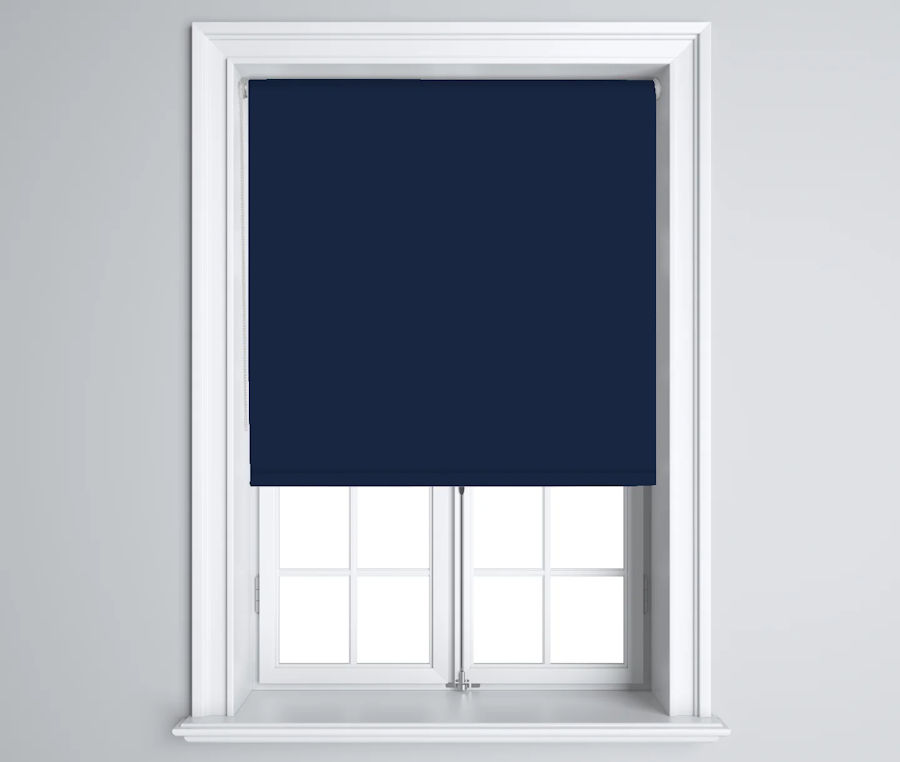
I bought a "test blind" to fit my study first, to allow me to evaluate the technology and experiement with it, before we committed to using it in many other rooms in our home.
I bought a navy 240V ac motorised black-out blind from newblinds.co.uk and it cost £232.16.
Specifications
The window recess in my study is 127cm wide × 115cm deep. The actual blind fabric is about 36mm narrower than this, to allow for the mounting brackets, motor and spring mounting system.
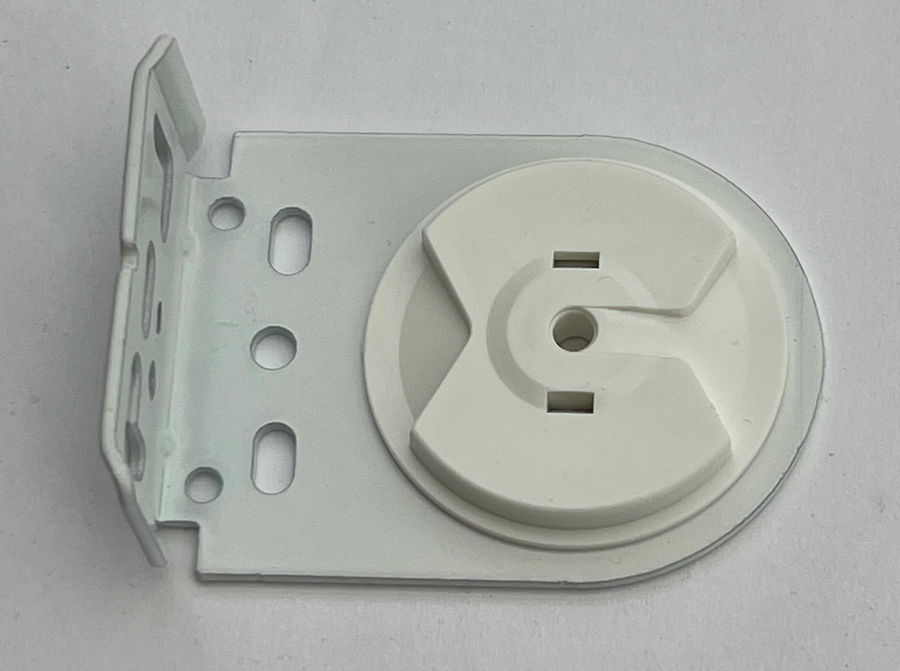
The blind mounting bracket is 78mm × 57mm. You can choose to mount these vertically or horizontally but, with my UPVC windows the horizontal mounting is not an option because I don't want to screw them into the PVC window frame. The bracket with the the spring loaded connection is 8mm deep and the bracket with the locking plate is just 2mm deep.
Realistically, this means you would need a pelmet about 10cm deep to completely hide the blind when fully up.
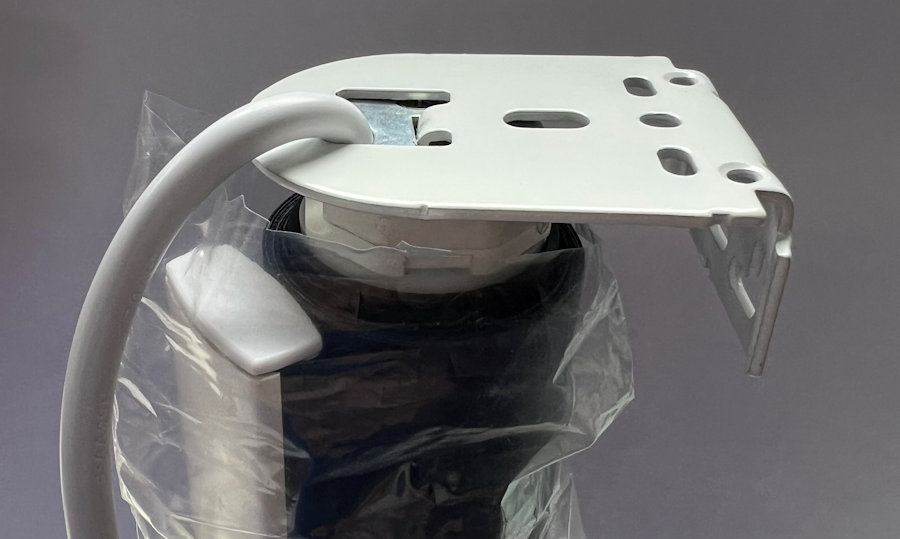
The cable is fixed to the blind motor and needs to be hidden. It is 8mm in diameter and about 2.2m long. These will need extending if we use them over the bi-fold doors of our smart home extension.
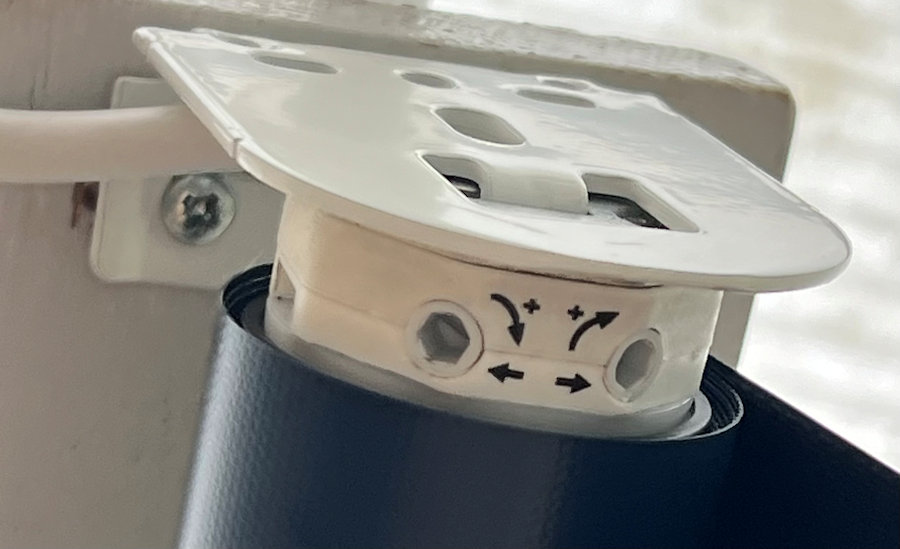
This is how the blind should be mounted into the locking bracket. The high and low points of the blind are set using these adjustment screws and a small plastic tool is provided to fit them. These screws need to be accessible so they much point down or into the room.
Testing
The cable from the blind motor has four wires: blue = neutral, brown = live 1 (up), black = live 2 (down) and green/yellow = earth.
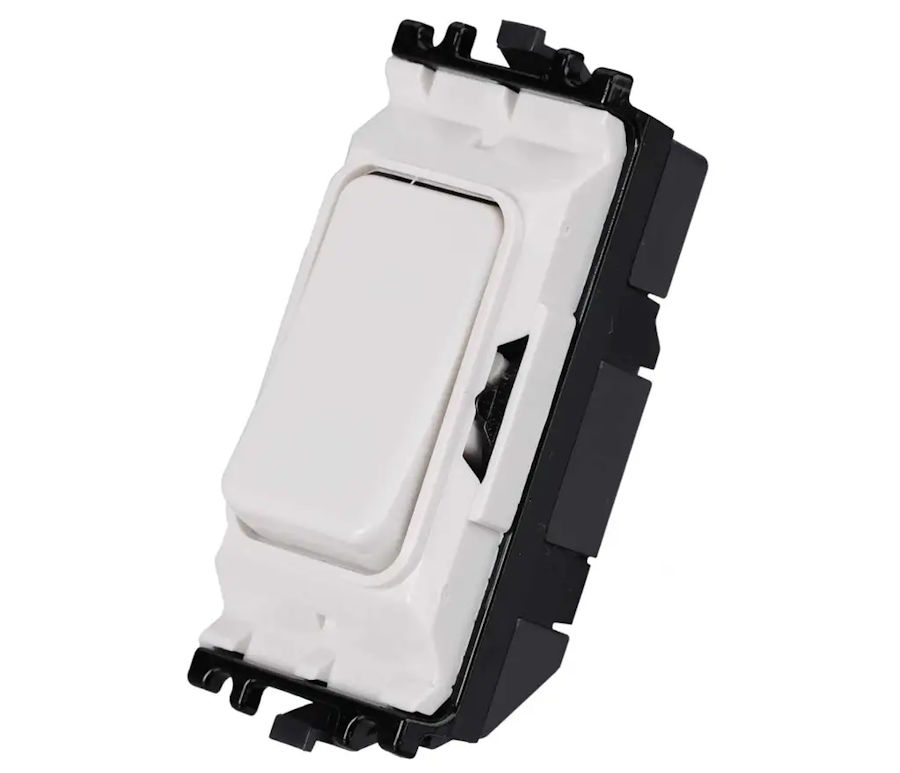
We used an MK Grid Plus K4900 for our texting. It is a retractive/momentary on-off-on (i.e. 2-way) switch. The top of the switch is used to raise the blind and the bottom switch is used to lower. With this type of direct switch control, you need to hold the switch until the desired position is reached. This is is not how we plan to wire them once installed.
Installation
There are a few things to think about when installing smart roller blinds. The first one is not as obvious as you might think but, the blind has to be mounted horizontally. In my study I maded the assumption that the top of the window recess was level. In practice it is about 10mm higher on one side.
The other things to consider are trickle vents and window handles before you decide how far in to the recess you are going to mount the roller blind.
Controller
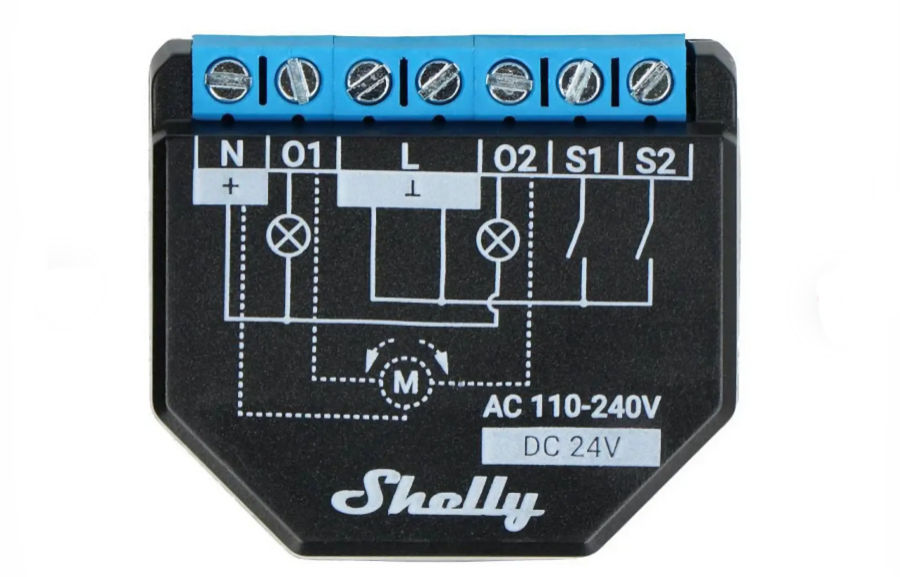
I've designed and built my own smart blind controller based around a networked Arduino but, as part of this project I have also purchased a Shelly Plus 2PM to evaluate. These Wi-Fi connected blind controllers have the advantage of being able to sit inside the back box for the switches.
As well as the physical switches working as I want, these devices enable voice control via Alexa and intelligent control via my Home Control System.
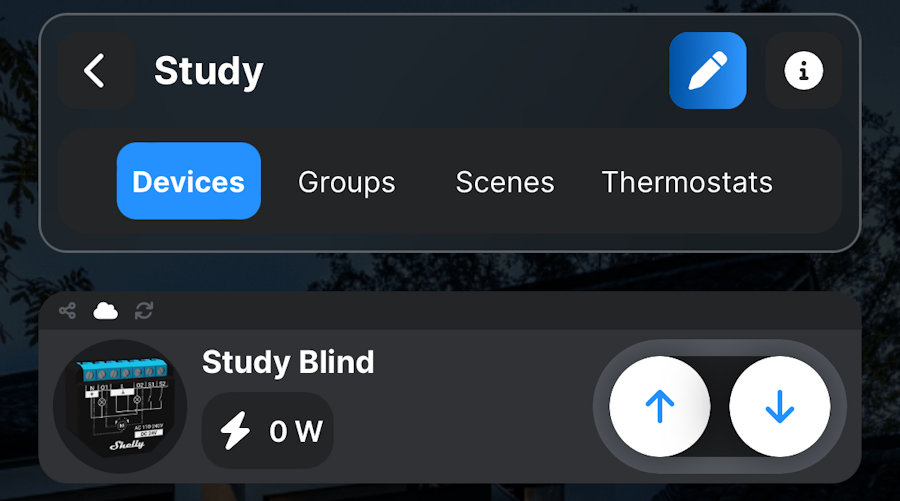
When you install this module, it appears in the app UI as two separate switches. To combine them into a single blind controller with two switches, you need to go into the settings / device profile and change it from 'switch' to 'cover'.
To get my MK Grid Plus switches working in 'one touch' open and close mode, I had to go into settings and change the input type to 'button' instead of 'switch'.
Summary
I have been pretty impressed with the blind that I bought for my study window. It runs quietly, smoothly and hits the set end points accurately every time.
My next step is to look at cutting the wiring and switch box into the wall, which will result in some re-plastering. I'm aslo going to look at the best way to add smart control to the the blinds.


